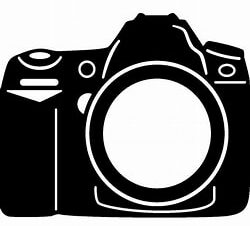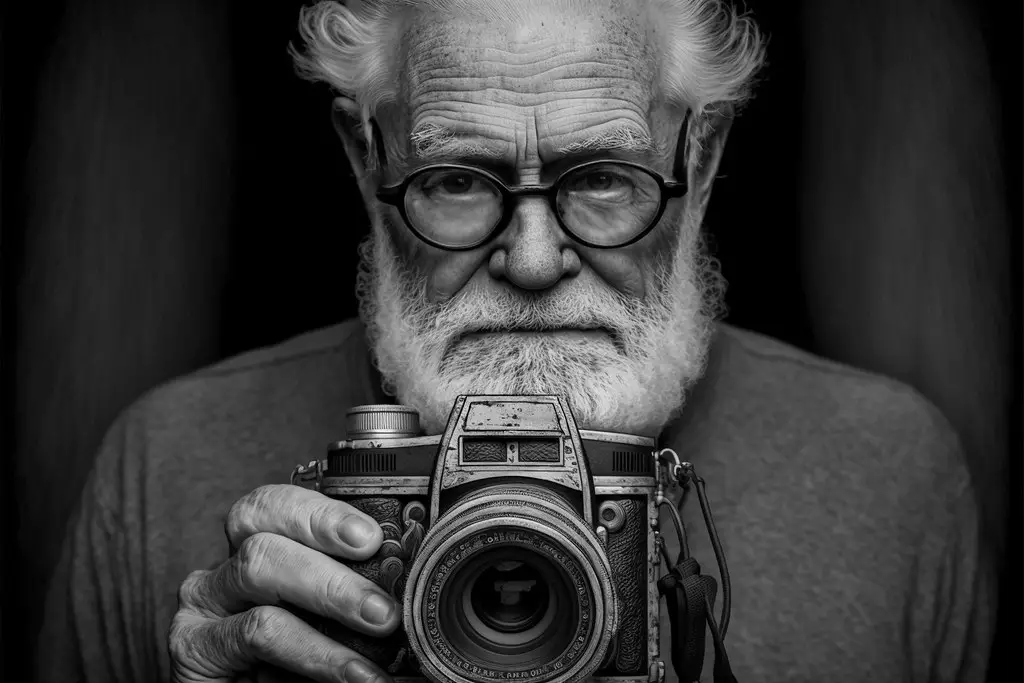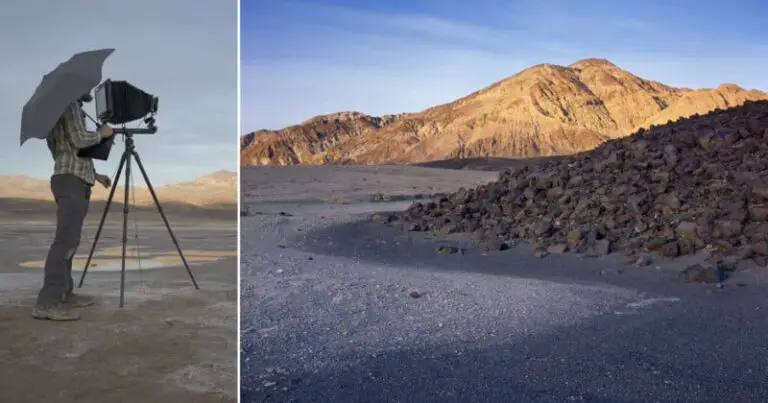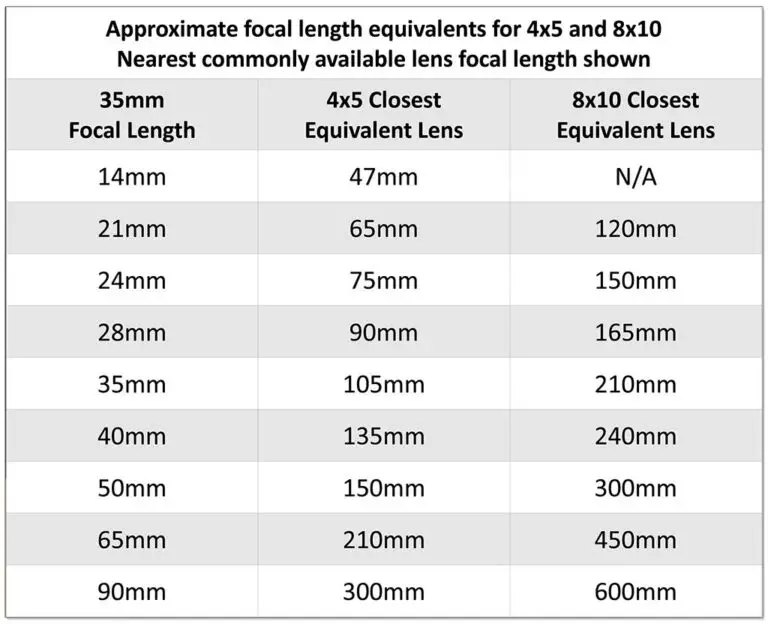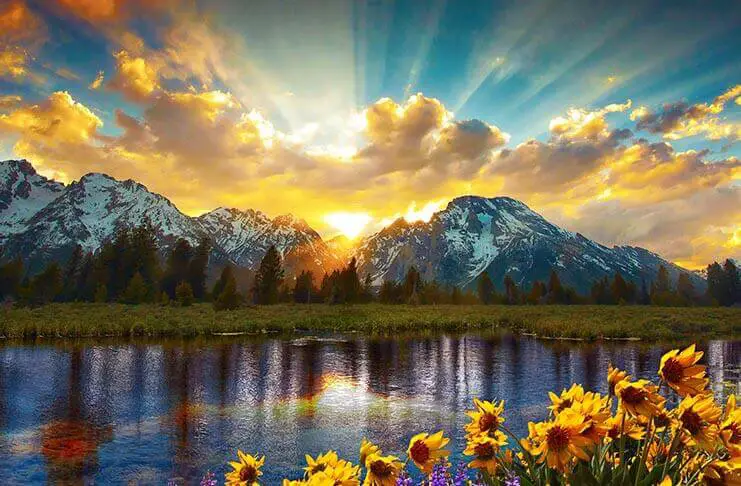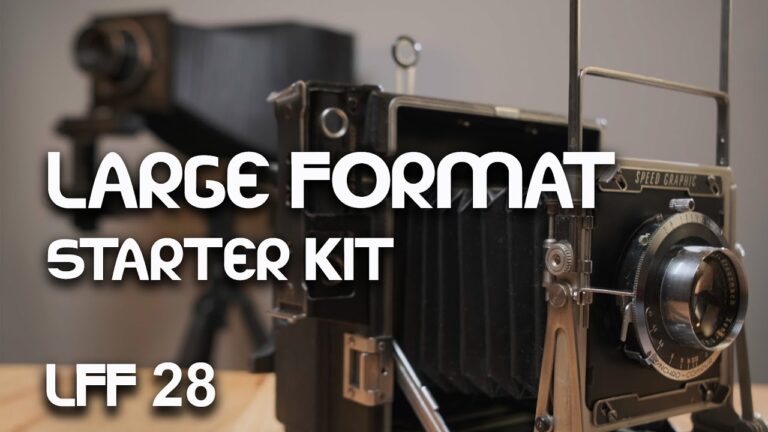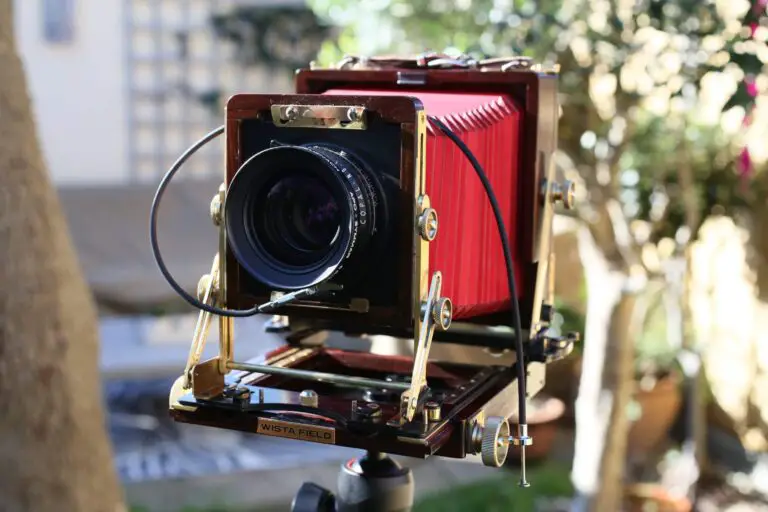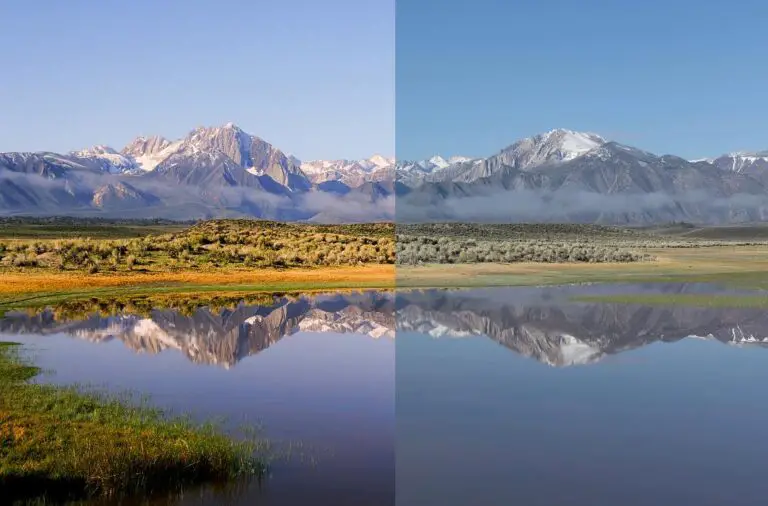Choosing Your First Large Format Camera: A Beginner’s Guide to LF Photography
For some, photography is much more than a hobby – it’s a passionate art form, a means of expression, and a lifelong pursuit of capturing the world through a lens. In the vast universe of photography, large format (LF) photography stands as a venerable technique cherished by professionals and hobbyists alike. The process of using a large format camera is methodical, deliberate, and deeply rewarding for those who seek to slow down and craft their images with precision.
Whether you’re a seasoned photographer transitioning from digital or medium format, or you are brand new to the craft, this guide will take you through the important steps of choosing your first large format camera. We’ll discuss the essential elements to consider, offer tips to kick-start your LF photography journey, and ultimately set you on the path to creating stunning, immersive images.
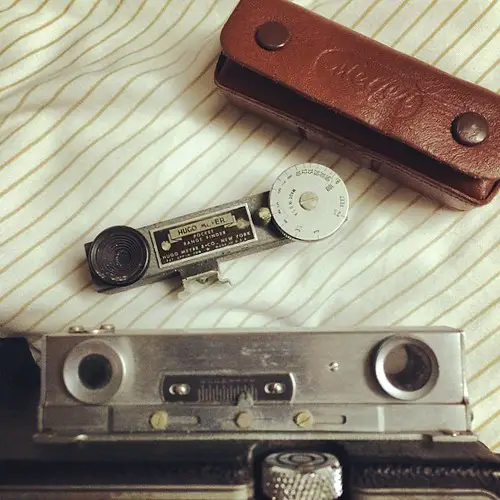
Understanding Large Format Photography
Before you can select the right camera, it’s crucial to understand what large format photography is and what it offers. Unlike the 35mm film used in most consumer cameras, large format cameras use sheet film or roll film of at least 4×5 inches, offering incredibly high resolution and the ability to create high-quality prints at very large sizes. Large format photography is known for its sharpness and detail, as well as the ability for photographers to adjust the focus, perspective, and depth of field with extreme precision.
Benefits of Large Format Photography
The very act of setting up a large format shot is a learning experience and an art form. By fine-tuning the position of the lens and film, adjusting the focal plane with tilt, shift, and swing movements, photographers can control perspective distortion and selectively bring subjects into focus. These capabilities allow for a level of creative control that is unmatched in other formats, making large format cameras an essential tool for photographers who want to explore the full breadth of their creativity.
Factors to Consider When Choosing Your First LF Camera
Selecting a large format camera is a significant decision, and there are several factors to keep in mind as you start your search.
Budget Considerations
Large format photography can be an expensive undertaking, especially when you factor in the camera body, lenses, film holders, and the various accessories required. It’s often best to start with a modest budget and consider second-hand equipment or entry-level models. Remember, the cost of the camera is just the beginning; don’t forget to factor in film and processing expenses as well.
Camera Types
There are two primary types of large format cameras: view cameras and field cameras. View cameras, usually found in studios, are the most flexible and versatile, as they allow for the greatest range of movements. Field cameras are more portable and are a popular choice for landscape photographers who work in the field. They offer a balance between movements and ease of use.
Lens Options and Compatibility
The lens selection is a critical aspect of large format photography. Most large format lenses are designed to cover a specific image circle to ensure the film is fully exposed. When choosing a camera, it’s important to consider what lenses it can accommodate, and what focal lengths you’ll need for the subjects you plan to shoot.
Film Formats
Large format cameras can shoot both sheet film and roll film. Sheet film is the traditional format for LF photography, and it provides the utmost quality and control over each exposure. Roll film, while less common, offers the advantage of multiple exposures without the need to change film holders.
Accessories and Support Equipment
In addition to the camera and lens, there are numerous accessories that you’ll need or want to consider. Essential items include a tripod, a cable release, dark cloth or loupe for critical focusing, and a light meter. Beyond these basics, there are a plethora of accessories designed to enhance your workflow and creative capabilities.
Tips for Beginners in LF Photography
Once you’ve chosen your camera, it’s time to start shooting. Large format photography has a steep learning curve, but with patience and practice, the results can be breathtaking.
Understanding Film Handling and Exposure
Sheet film must be loaded and processed one frame at a time, so careful handling is crucial. Exposure with sheet film is typically metered using a hand-held light meter or by using an incident light reading, as spot metering is more challenging due to the magnification of the image through the camera’s optics.
Mastering Movements for Creative Control
Movements allow you to control the perspective, focus, and depth of field in your images. Tilt and swing movements alter the plane of focus, while shift movements control perspective. These adjustments can be subtle but are incredibly powerful when mastered.
Setting Up a Proper Workflow
A key to success in large format photography is to establish a methodical workflow. From composing the shot to processing the film, each step should be carefully considered and executed with precision. A standardized workflow will lead to consistently good results and will make it easier to troubleshoot when something goes wrong.
Troubleshooting Common Issues
Throughout your large format photography journey, you will encounter challenges and difficulties. Light leaks, improper exposure, and film processing errors are common pitfalls. The key is to learn from each mistake and to methodically work through the process to identify and rectify the issue.
Conclusion
Choosing your first large format camera is an exciting step in your photographic exploration. It’s a decision that should be made with careful consideration of your needs, goals, and, of course, your budget. Large format photography offers a unique experience and a level of control that is deeply satisfying for those who are drawn to the craft.
As you embark on this new path, remember that the camera is just a tool. The true magic of photography lies in the eye of the photographer and the creative vision that they bring to each image. Take the time to immerse yourself in the process, learn the intricacies of your camera, and experiment with the endless possibilities that large format photography provides.
Ready to take the plunge? Begin by researching different camera types, talking to other large format photographers, and most importantly, by getting out there and shooting. The world of LF photography is as vast and beautiful as the images it is capable of producing.
